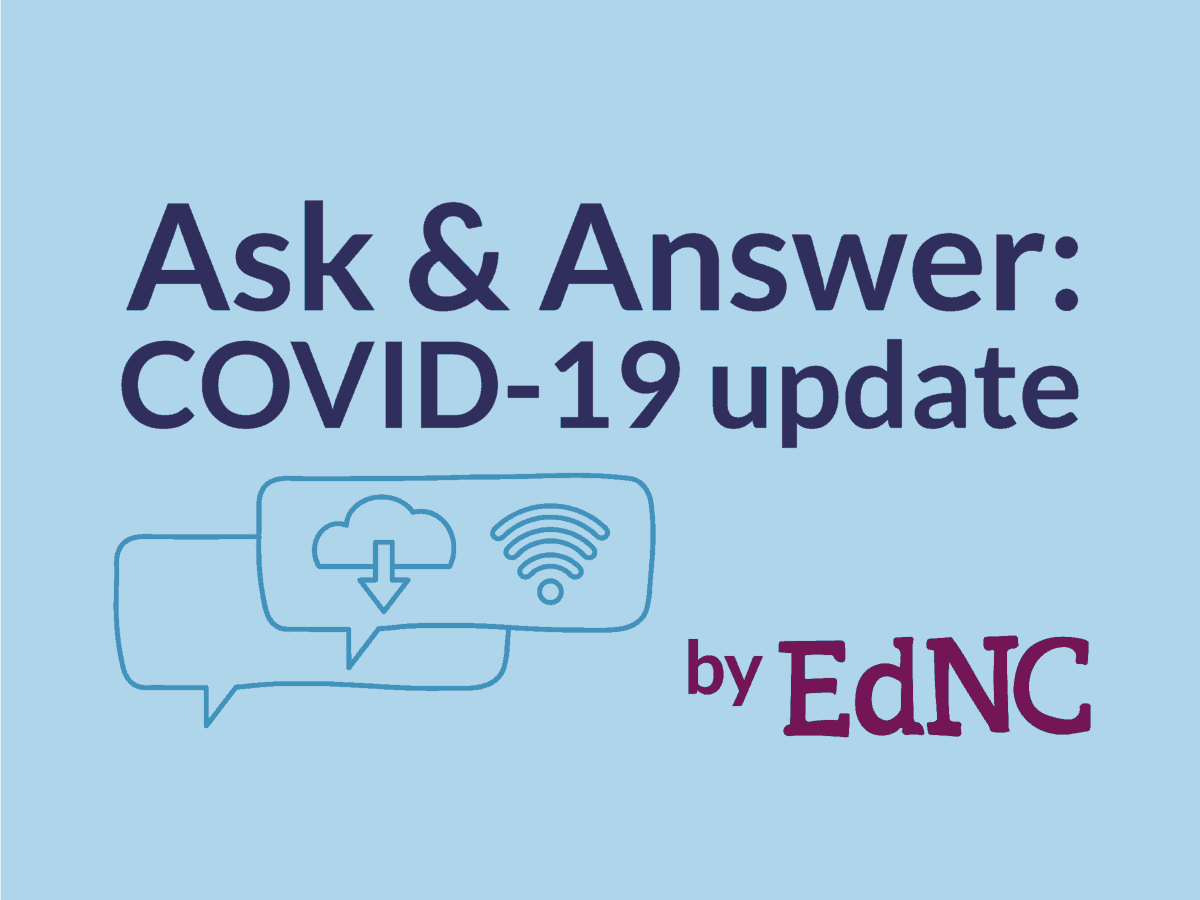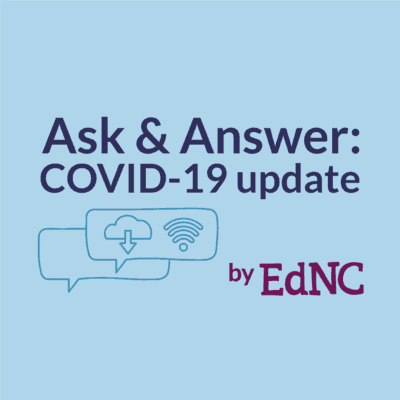
On April 1, 2020, the Federal Communications Commission (FCC) extended key E-rate program deadlines for schools due to the COVID-19 pandemic. You’ve had questions about E-rate, the order the FCC released this week, and whether and how schools could share internet access with students and communities. Here is what we know.
The FCC’s E-rate program is for schools and libraries, and it makes telecommunications and information services more affordable by providing discounts for telecommunications, internet access, and internal connections. Here is what you need to know about E-rate:
The FCC’s order released earlier this week extends several E-rate program deadlines for schools.
Here is the order:
“In light of extended school and library closures, we’re granting an across-the-board, one-year extension of the E-Rate special construction deadline for funding year 2019,” said Chairman Ajit Pai, according to a press release. “By providing this proactive relief, we want to ease burdens on schools and libraries to allow them to focus their time and resources on transitioning their students, patrons, teachers, and staff to remote learning during this crisis. This is yet another step the FCC is taking to offer help to students and teachers in need — and I look forward to continue working with Congress to fund a Remote Learning Initiative so that every child can continue being educated during the pandemic.”
Other E-rate deadlines for schools were also extended. The list is included in the FCC’s press release. You can read more about the FCC’s “Keep American’s Connected” initiative here.
I emailed Jeff Sural, the director of North Carolina’s broadband infrastructure office, to ask what all of this practically means for schools across North Carolina. He connected me with Ray Zeisz, the director of the infrastructure lab at the Friday Institute for Educational Innovation at N.C. State.
Zeisz says the order is important if not all that exciting. “There are very specific deadlines for a number of steps in the process for schools to remain in compliance with the E-rate rules, and obtain their E-rate funding,” he says. “This order simply moves things out and allows for work that is already in process to be put on hold for the virus. It is a wise move by the FCC.”
Zeisz says other orders and federal legislation could potentially provide more funding for schools for remote learning in light of the virus. That funding could fall under the Universal Service Fund or a number of other programs.
The idea of allowing schools to use their fiber connections to send wireless internet signal off-campus to students keeps coming up.
Here is a July 2019 GAO report:
With our “homework gap” becoming our “school gap,” this GAO report is worth a close read right now.
Many schools in the United States are connected to the internet with fiber funded by the FCC’s Universal Service Fund. It’s not uncomplicated, but schools could offer Wi-Fi or other wireless internet to students by placing access points on the outside of the building and aiming them at nearby neighborhoods, for example.
In March, the FCC clarified that for now schools can leave on Wi-Fi access for community use without jeopardizing E-rate funding. Here is that order:
I learned this week that there is a schools, health, and libraries coalition for broadband access, which promotes “broadband for anchor institutions and their communities.” Learn more here.
Please continue to send me your questions at mrash@ednc.org.
Recommended reading



